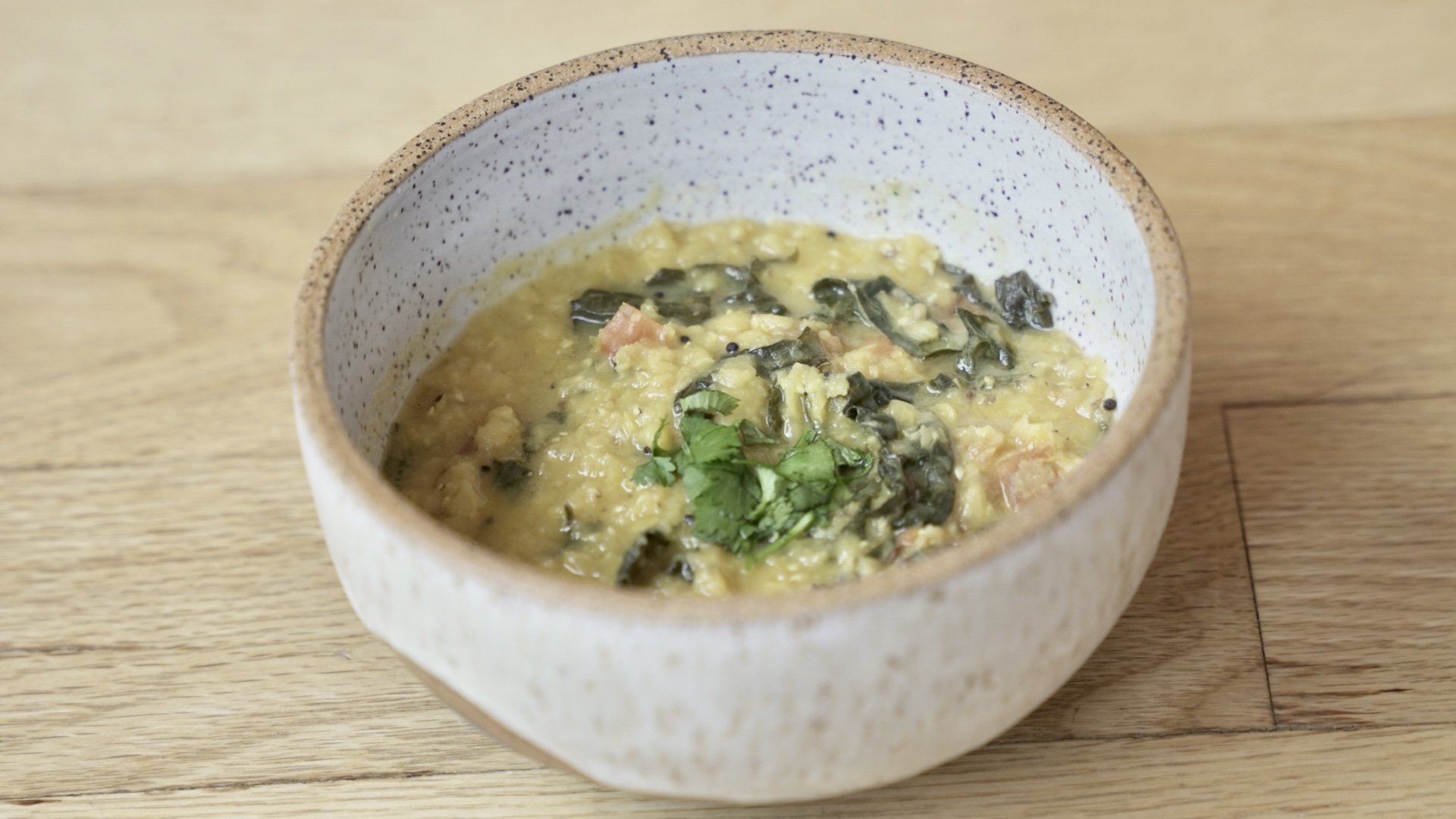Health-conscious individuals today are frequently confronted with the decision to include or avoid eggs in their diets. This age-old question becomes even more pertinent when considering an Ayurvedic diet as part of your lifestyle and medicine cabinet choice. Eggs have long been associated with both health benefits, as well as certain drawbacks according to traditional Ayurveda that may influence consumption decisions. In this blog post, we provide insight into this age-old debate by discussing what Ayurveda has to say about egg consumption, its effect on the body's physical and mental wellbeing, nutrition suggestions for furthering your health journey (with or without eggs), and much more! So come join us on a fascinating journey delving deep into all things related to eggs and Ayurveda so you can make informed decisions regarding including them in your nutrition plan - if that is right for you.
Eggs According to your Dosha
Ayurveda takes a highly individualized approach to diet and health. The suitability of eggs in one's diet depends on various factors, including one's dosha, specific health conditions, and personal preferences. In general, here is what Ayurveda says about eating eggs according to your dosha.
For people with a Vata constitution, eggs can be a good source of nutrition, as they are grounding and nourishing. They should be eaten in moderation and preferably cooked with warming spices like cumin, ginger, or black pepper to help balance the Vata dosha.
Those with a Pitta constitution may need to consume eggs in moderation, as they can be heating and may aggravate the Pitta dosha. It is recommended to cook eggs with cooling spices like coriander, fennel, or mint to help balance the Pitta.
For Kapha individuals, eggs may not be the best choice, as they can be heavy and contribute to Kapha imbalances. However, if consumed, they should be eaten in moderation and cooked with spices like black pepper, ginger, or turmeric to help balance Kapha dosha.
Eggs and Spiritual Well-being
Ayurveda is not only a system of medicine but also a way of life that encompasses physical, mental, emotional, and spiritual well-being. Food is seen as a source of nourishment for the body, mind, and soul, and the type of food consumed can impact one's spiritual growth and energy.
From an Ayurvedic perspective, foods are categorized into three groups known as gunas – sattvic, rajasic, and tamasic. These gunas represent the qualities and effects of food on the body and mind.
Sattvic foods are considered to be pure, clean, and nourishing. They promote mental clarity, spiritual growth, and a peaceful state of mind. Examples of sattvic foods include fresh fruits, vegetables, grains, nuts, seeds, and ghee and Ayurvedic buttermilk
Rajasic foods are stimulating and can lead to an active, restless mind. They may contribute to aggression, agitation, and increased ego. Examples of rajasic foods include spicy, salty, and sour foods, as well as stimulants like caffeine.
Tamasic foods are considered to be heavy, dull, and difficult to digest. They can lead to lethargy, depression, and clouded thinking. Examples of tamasic foods include meat, alcohol, processed and deep-fried foods, and leftovers.
Eggs are generally considered to be rajasic or tamasic, depending on factors such as how they are cooked and consumed. If eggs are fresh, prepared with care, and consumed in moderation, they may be considered rajasic. However, if eggs are overcooked, stale, or consumed in excess, they can take on tamasic qualities.
From a spiritual perspective, eating eggs may have some impact on one's energy and state of mind. Consuming rajasic or tamasic foods can potentially hinder spiritual growth by increasing agitation or clouding the mind. However, it's essential to remember that Ayurveda is a holistic system that considers the individual's unique constitution, lifestyle, and environment. The spiritual ramifications of consuming eggs may vary depending on one's dosha, personal beliefs, and spiritual practices.
In conclusion, from an Ayurvedic perspective, the spiritual impact of eating eggs depends on various factors, including how the eggs are prepared and consumed, one's unique constitution, and individual spiritual beliefs and practices. Consulting with a qualified Ayurvedic practitioner can provide tailored advice on whether eggs are suitable for your unique constitution and health needs.
Disclaimer
The sole purpose of these articles is to provide information about the tradition of Ayurveda. This information is not intended for use in the diagnosis, treatment, cure or prevention of any disease.





























